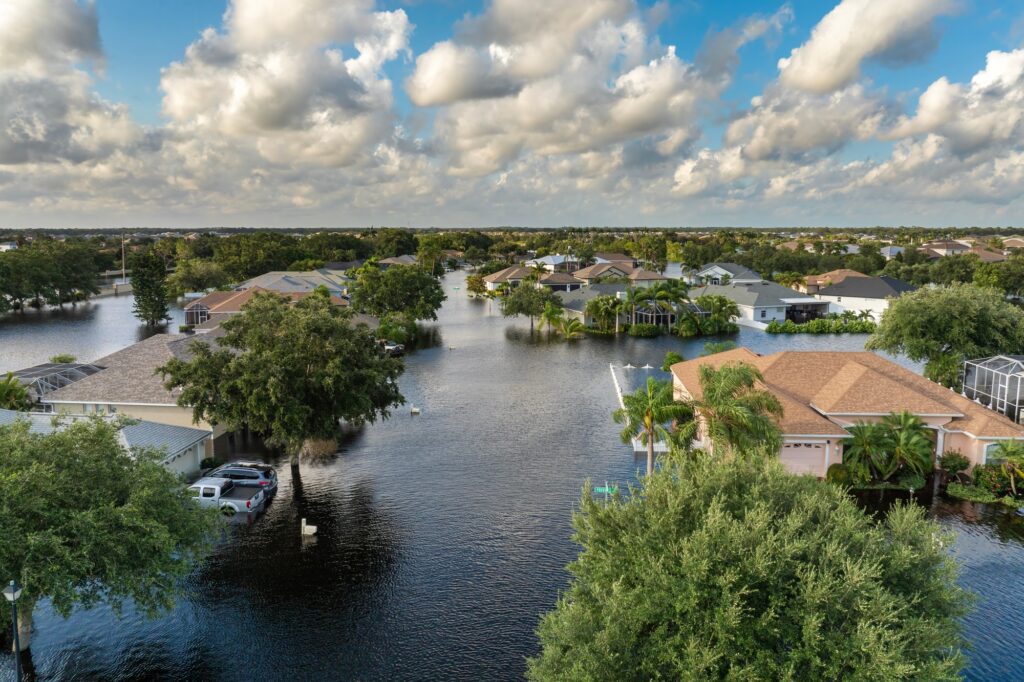Finding auto insurance that fits your needs can feel overwhelming. There are so many options, and it’s hard to know what’s really necessary. The right coverage not only protects your car but also gives you peace of mind on the road. This guide will break down everything you need to know about finding auto insurance, from understanding the types of coverage to tips for saving money. Whether you’re shopping for the first time or reviewing your current policy, we’ve got you covered.
Understanding Auto Insurance
What is Auto Insurance?
Auto insurance is a contract between you and an insurance company. You pay a premium, and in return, they help cover costs if something happens to your car. This could include accidents, theft, or damage.
It’s also required by law in most states. For example, 49 states mandate a minimum level of liability coverage. The only exception is New Hampshire, but even there, you’re financially responsible if you’re at fault in a crash.
Auto insurance is like your financial safety net on the road. Without it, you could face steep bills for repairs, medical expenses, or legal fees.
Why Auto Insurance is Important
Auto insurance isn’t just about meeting legal requirements. It has a bigger role in protecting you and the people around you. Here’s why it’s essential:
- Financial Protection: The average cost of a car accident is around $12,000, but this can climb to $1.7 million if serious injuries are involved. Without insurance, you could be paying these costs out of pocket.
- Medical Coverage: Medical bills pile up fast after an accident. Your policy can help cover these expenses, so you’re not left strapped for cash.
- Protecting Your Car: If your car is damaged or stolen, insurance can help pay for repairs or replacements, saving you thousands.
- Required for Financing: Most lenders and leasing companies require full coverage if you’re financing or leasing a vehicle.
Finding auto insurance isn’t just a box to check. It’s a smart way to stay protected and financially secure even when life takes an unexpected turn.
Types of Auto Insurance Coverage
Liability Coverage
Liability coverage is the foundation of any auto insurance policy. It’s required in almost every state. This type of coverage helps pay for injuries or property damage you cause to others in an accident.
There are two parts to liability coverage:
- Bodily Injury Liability: Covers medical expenses, lost wages, and even legal fees for people injured in an accident you caused. For example, in a minor accident, medical costs could easily exceed $30,000 per person.
- Property Damage Liability: Covers the cost of repairing or replacing someone else’s vehicle or property. Hitting a luxury car could cost you tens of thousands.
Each state has minimum coverage limits, but keep in mind that minimums might not cover the total cost of an accident. It’s worth considering higher limits for better protection.
Collision and Comprehensive Coverage
Collision and comprehensive coverage protect your car, no matter who’s at fault or what happens. Here’s the difference between the two:
- Collision Coverage handles damages when your vehicle collides with another car or object. For example, if you hit a tree or another vehicle, collision coverage can help with repair bills.
- Comprehensive Coverage applies to non-collision events like theft, vandalism, natural disasters, or hitting a deer.
These coverages are typically required if you’re leasing or financing a vehicle. Even if they’re optional, they can save you thousands. For example, the average cost to repair a collision-damaged car is about $4,000.
Personal Injury Protection (PIP) / Medical Payments (MedPay)
These coverages handle medical costs no matter who’s at fault.
- PIP is required in certain states, often those with no-fault insurance laws. It covers medical bills, lost income, and even some household services. For example, it can help cover your mortgage payment if you can’t work due to injuries.
- MedPay is a simpler version of PIP. It only covers medical and funeral expenses, but it’s available in more states.
Even a short hospital stay can cost thousands of dollars, so these coverages can be a lifesaver.
Uninsured/Underinsured Motorist Coverage
Not everyone follows the rules. Around 1 in 8 drivers in the U.S. are uninsured. If one of them hits you, uninsured motorist coverage steps in to pay for damages and injuries.
Similarly, underinsured motorist coverage helps when the other driver’s insurance isn’t enough to cover the costs. For example, if they have just $25,000 in liability coverage but your medical bills are $50,000, this type of policy can cover the difference.
Additional Coverage Options
If you want more peace of mind, here are a few optional coverages worth exploring:
- Gap Insurance: Covers the difference between what you owe on a car loan and what your car is worth, which depreciates fast.
- Rental Reimbursement: Helps pay for a rental car while yours is in the shop after an insured event.
- Roadside Assistance: Provides towing, jump-starts, or tire changes when you’re stranded.
When it comes to finding auto insurance, these extra options can add convenience and save you from unexpected expenses.
Factors to Consider When Choosing Auto Insurance Coverage
Your Vehicle
The car you drive plays a big role in determining the right insurance coverage. Here are some points to keep in mind:
- Value of the Car: Newer or high-value cars often need full coverage (collision and comprehensive). A car worth $30,000 is a bigger financial loss than a $2,000 vehicle.
- Age of the Vehicle: Older cars may not justify the cost of full coverage since repairs might exceed their value.
- Whether You Lease or Own: Most leasing companies require full coverage to protect their investment. If you own the car outright, you have more flexibility.
Being realistic about your car’s value can help you make smart decisions when finding auto insurance.
Your Personal Circumstances
Not all drivers have the same needs. Personal factors can shape the type and amount of coverage you should consider.
- Driving Habits: Do you drive 5 miles a day or 50? More time on the road means higher risk. Commuters should consider extra coverage for added protection.
- Financial Situation: Lower deductibles mean higher premiums but fewer out-of-pocket costs after an accident. Higher deductibles can save money upfront if you’re comfortable paying more in a claim.
- Risk Tolerance: Would an unexpected $1,000 expense stress you out? If so, lower deductibles or added coverages like rental reimbursement may be a good idea.
Understanding your lifestyle needs makes finding auto insurance coverage that fits much easier.
State Laws and Requirements
Each state has unique rules for auto insurance. Here’s what to look out for:
- Minimum Liability Standards: Most states require basic liability coverage. For example, California’s minimum is $15,000 per person and $30,000 per accident for bodily injuries, plus $5,000 for property damage.
- Additional Requirements: States like Florida require PIP coverage. Others, like Maine, mandate uninsured motorist coverage.
- Penalties for Non-Compliance: Driving without insurance can mean hefty fines, license suspension, or even jail time.
Knowing your state’s laws ensures you meet the minimums and avoid penalties as you shop for coverage.
Insurance Company Reputation
Not all insurance companies are equal. Choosing a reliable insurer can save you headaches down the road.
- Financial Strength: Make sure the company can pay claims after major disasters. Check ratings from agencies like AM Best.
- Customer Service: Look for low complaint rates and positive reviews. A fast claims process can make a stressful situation much easier.
- Claim Handling: Some insurers are better than others at handling claims quickly and fairly. J.D. Power surveys can offer insight.
When finding auto insurance, it’s worth a little extra time to pick a provider who will have your back when it counts.
Tips for Saving Money on Auto Insurance
Comparison Shopping
Shopping around is one of the easiest ways to save money on auto insurance. Rates can vary widely between companies for the same coverage. Here’s how to do it effectively:
- Compare at Least Three Quotes: Research shows drivers save an average of $560 per year by comparing quotes from multiple insurers.
- Use Online Tools: Websites and apps can give you quick estimates based on your details. They also highlight discounts you may qualify for.
- Check for Direct Discounts: Some insurers offer better deals when you buy directly instead of through an agent.
Finding auto insurance at a fair price often just takes a little extra effort when shopping around.
Policy Adjustments
Your policy settings can have a big impact on your premium. Here are a few ways to tweak it and save money:
- Raise Your Deductible: Increasing your deductible from $500 to $1,000 could lower your premium by up to 10-20%. Just make sure you’re comfortable covering the higher out-of-pocket cost in a claim.
- Drop Unnecessary Coverages: If you have an older car, you might not need full coverage. Calculate whether the cost of collision and comprehensive is worth it based on your car’s value.
- Reduce Coverage for Low-Mileage Drivers: If you drive less than 7,500 miles annually, ask about pay-as-you-go plans or low-mileage discounts.
Small changes in your policy can lead to substantial savings while ensuring you’re still covered.
Discounts
Insurance companies offer plenty of discounts. You just need to know where to look:
- Safe Driver Discounts: If you have a clean driving record for three years or more, you could qualify for a lower rate.
- Good Student Discounts: Students with high grades can save up to 25%. This is great for young drivers, who often face higher premiums.
- Vehicle Safety Discounts: Cars with anti-theft systems, airbags, or other safety features often qualify for discounts.
- Bundling: Combine auto insurance with homeowners or renters insurance for multi-policy savings.
Finding auto insurance gets even more affordable when you take advantage of these discounts. Ask your insurer about any deals you might be missing.
Regular Policy Review
Insurance needs change, and so do rates. Reviewing your coverage yearly can help you save money and avoid overpaying. Here’s how:
- Check for Updates: Did you move? Drive less? Pay off your car? These changes could lower your premium.
- Review Your Coverage Limits: Make sure your coverage aligns with your current needs. For example, if your car’s value dropped, you might not need as much coverage.
- Take Advantage of Loyalty Perks: Some companies reward long-term customers with discounts if you stick with them.
An annual review ensures you’re getting the best possible deal when finding auto insurance for your needs. Don’t hesitate to call your provider and ask about adjustments!
Common Mistakes to Avoid When Buying Auto Insurance
Choosing Based on Price Alone
It’s tempting to pick the cheapest policy, but this can backfire. Low-cost plans often leave you underprotected. Here’s why price shouldn’t be your only focus:
- Low Limits, Big Expenses: Minimum liability coverage might save you money, but it may not cover all the costs of a major accident. The average cost of a car accident involving injuries is $78,900. A minimum policy could leave you covering the rest out of pocket.
- Fewer Benefits: Budget rates often mean fewer perks, like roadside assistance or flexible payment options.
Finding auto insurance that balances cost and coverage is key. Focus on value, not just price.
Insufficient Coverage
Going for the minimum required coverage might seem fine, but it’s risky. Here’s why you should aim for more:
- Personal Assets at Risk: If an accident exceeds your insurance limits, your savings or property could be used to cover the costs.
- Uncovered Events: Minimum policies usually don’t include collision or comprehensive coverage. That means no help if your car is damaged by a storm or stolen.
Investing in a more comprehensive plan can save you from unexpected financial trouble.
Overlooking Policy Details
Insurance policies are packed with fine print, but ignoring it can lead to surprises later. Watch out for these details:
- Exclusions: Some policies don’t cover certain events, like natural disasters or uninsured drivers.
- Limits: Every type of coverage has a cap. Know how much your policy will actually pay out in an accident.
- Deductibles: Lower premiums often come with higher deductibles. Make sure you’re prepared to pay the cost if you need to file a claim.
When finding auto insurance, take a moment to read through the terms. It’s better to catch these details upfront.
Not Updating Your Policy
Life changes quickly, and so should your insurance. Forgetting to update your policy can leave you underinsured or paying too much. Here’s how it happens:
- New Circumstances: Did you move to a safer neighborhood? Drive less? Add a teenage driver? These changes could affect your rates.
- Upgraded Vehicles: If you sell your old car or buy a new one, make sure your policy reflects the current vehicle.
- Missed Discounts: Failure to update your lifestyle changes might mean you’re not taking advantage of discounts you qualify for.
Regularly reviewing and updating your policy ensures you’re getting the best protection and value. Finding auto insurance is not a one-and-done deal—make it part of your annual checklist.
Frequently Asked Questions (FAQs) About Auto Insurance
How do deductibles work?
Deductibles are the amount you agree to pay out-of-pocket before your insurance kicks in. They apply to coverages like collision and comprehensive. Here’s how they work:
- If your deductible is $500 and your repair cost is $2,000, you’ll pay $500, and your insurer covers the remaining $1,500.
- Higher deductibles usually mean lower premiums, but it’s important to choose an amount you can afford to pay in case of an accident.
Understanding deductibles is a key part of finding auto insurance that fits your budget and needs.
What factors determine my premium?
Insurance premiums are influenced by a mix of personal, vehicle-related, and external factors. Here are the main ones:
- Driving Record: Accidents or traffic violations can raise your premium significantly. A single at-fault accident can increase rates by 42% on average.
- Age and Gender: Younger drivers, especially males under 25, tend to pay more due to higher accident rates.
- Car Type: The make and model of your car impact rates. Sports cars and luxury vehicles cost more to insure than economy cars.
- Location: Living in urban areas with higher theft and accident rates will raise your premium compared to a rural area.
- Credit Score: Many insurers use credit-based insurance scores to set rates. Low scores can mean higher costs.
Knowing what affects your premium can help you make better choices when finding auto insurance.
Can my insurance rates change over time?
Yes, auto insurance rates aren’t static and can change for a variety of reasons. Here’s what to keep in mind:
- Accidents or Violations: Tickets or accidents can raise your premium for three to five years.
- Claims History: Filing multiple claims in a short period can mark you as a higher risk, leading to increased rates.
- Improved Credit Score: If your credit improves, you may see lower premiums in states where credit is factored in.
- Loyalty or Discounts: Some companies offer discounts after several years of being a loyal customer with a clean record.
- State and Market Factors: State regulations or natural disasters can also cause widespread rate changes.
Reviewing your policy regularly helps you stay informed about adjustments and can lead to savings when finding auto insurance.
What should I do after an accident?
Knowing what steps to take after an accident can make the claims process smoother and less stressful. Here’s a quick checklist:
- Ensure Safety: Move to a safe location, if possible. Check for injuries and call 911 if needed.
- Exchange Information: Get names, phone numbers, and insurance details from all involved drivers. Take photos of the vehicles and scene.
- File a Police Report: Even for minor accidents, having a police report can be helpful for claims.
- Notify Your Insurance Company: Contact your insurer as soon as possible. Provide them with all documentation, including photos and the police report.
- Avoid Admitting Fault: Stick to the facts when describing the event. Determining fault is the insurer’s job.
Following these steps can help protect your rights and ensure a smooth claims process. Finding auto insurance with good customer support is crucial for this situation.
Finding auto insurance doesn’t have to feel overwhelming. Understanding the basics, like what insurance covers and why it’s important, is a great start. We’ve covered the main types of coverage, from liability to comprehensive, and how to choose the right policy based on your vehicle, personal needs, and state laws. You’ve learned tips for saving money, like shopping around, making policy adjustments, and taking advantage of discounts. Plus, we highlighted mistakes to avoid, such as choosing based on price alone or not updating your policy.
The right auto insurance offers more than legal compliance. It provides peace of mind and financial protection when you need it most. If you have questions or need help finding auto insurance that fits your needs, reach out to us. We’re here to help you make confident, informed decisions.
Contact us today for expert advice or explore resources to get started!







